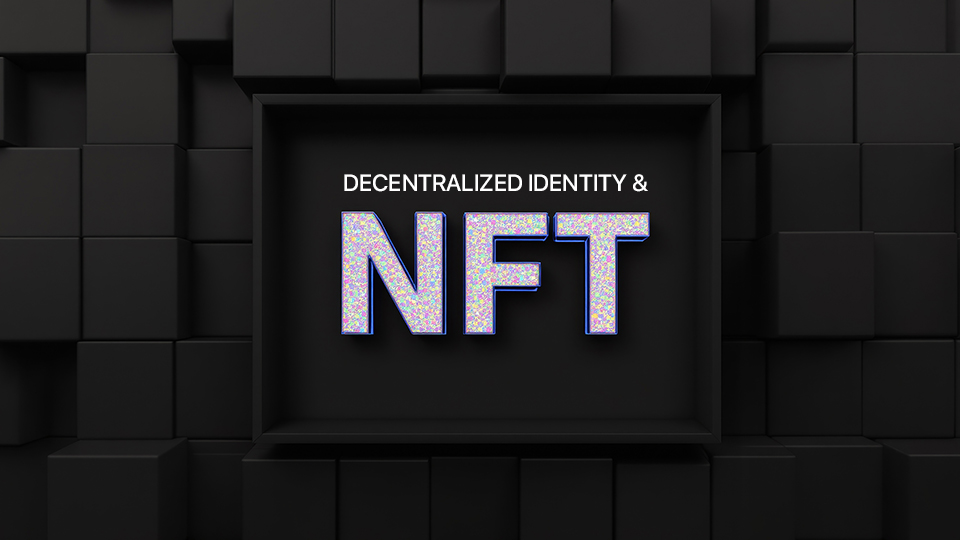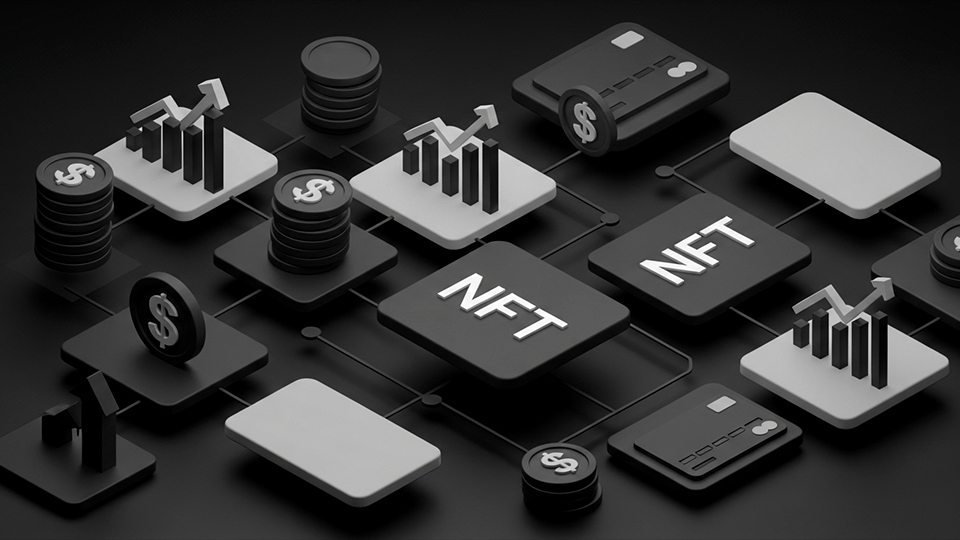Decentralized Identity and NFTs: Your Passport in Web3
As the internet evolves into its next phase—commonly known as Web3—the concepts of identity, ownership, and privacy are undergoing a significant transformation. At the core of this evolution lies the convergence of decentralized identity and non-fungible tokens (NFTs), offering individuals greater control over their personal data and digital interactions. Together, they form a foundational element of what could be considered the “passport” for navigating the decentralized web.
What Is Decentralized Identity?
Decentralized identity (DID) is a model of identity management that allows individuals to create and control their own digital identities without relying on centralized authorities, such as governments, corporations, or social platforms. These identities are typically anchored on blockchain or distributed ledger technologies, which offer transparency, security, and immutability.
A decentralized identity is built using cryptographic keys and digital credentials. The user holds these credentials in a digital wallet and can present them when needed—such as to verify age, nationality, or qualifications—without exposing unrelated personal information.
NFTs and Identity
Non-fungible tokens (NFTs) are unique digital assets stored on a blockchain. While they are widely known for representing digital art and collectibles, NFTs also have emerging utility in identity management. Because of their non-interchangeable and verifiable nature, NFTs can serve as digital identifiers that prove ownership, access rights, or membership status.
In the context of decentralized identity, NFTs can be used to:
- Represent verifiable credentials (e.g., diplomas, certifications)
- Serve as digital passports or IDs within Web3 applications
- Grant exclusive access to decentralized platforms, events, or communities
- Enable self-sovereign control over one’s personal data and online reputation
Benefits of Combining DIDs and NFTs
- Privacy Protection
Users can selectively disclose only the information necessary to complete a transaction or verify identity. For example, a person can prove they are over 18 without revealing their birth date, name, or nationality. - Interoperability
Decentralized identities and NFT credentials can be used seamlessly across various blockchain-based platforms. A user’s verified credentials stored in one Web3 application can be recognized and trusted in others, eliminating the need for repeated identity verification. - Data Ownership
Unlike traditional systems where identity data is stored by centralized providers (e.g., social media platforms or banks), decentralized identity allows individuals to retain full control. Users manage their own identifiers, credentials, and access permissions from secure digital wallets. - Security
Blockchain-based identities and NFTs reduce the risk of tampering and data breaches. Smart contracts and cryptographic proofs ensure that the identity information and credentials remain secure, transparent, and verifiable at all times.
Use Cases in Web3
- Decentralized Finance (DeFi)
NFT-based credentials can help decentralized platforms comply with KYC/AML requirements while maintaining user privacy. This balances regulatory compliance with user sovereignty. - Education
Academic institutions can issue diplomas and certificates as NFTs. These digital credentials are immutable, verifiable, and easily shareable across platforms or with potential employers. - Healthcare
Patients can store and share their medical history securely using decentralized identifiers. Healthcare professionals could verify credentials or access records only with user permission. - Digital Citizenship and Governance
DAOs (Decentralized Autonomous Organizations) can issue NFT-based voting rights or identity badges to their members, allowing transparent and secure participation in decision-making processes.
A Shifting Paradigm
The merger of decentralized identity systems with NFT technology marks a significant step toward user empowerment in the digital world. As individuals gain the tools to control their identities and prove legitimacy without reliance on centralized intermediaries, the structure of digital interactions fundamentally shifts—from one of permissioned access to one of self-authenticated agency. The possibilities are broad and still unfolding, but the building blocks are already in place for a more decentralized, inclusive, and trustless web.





